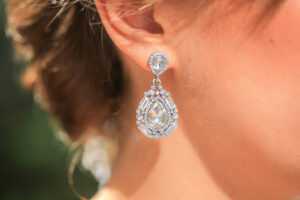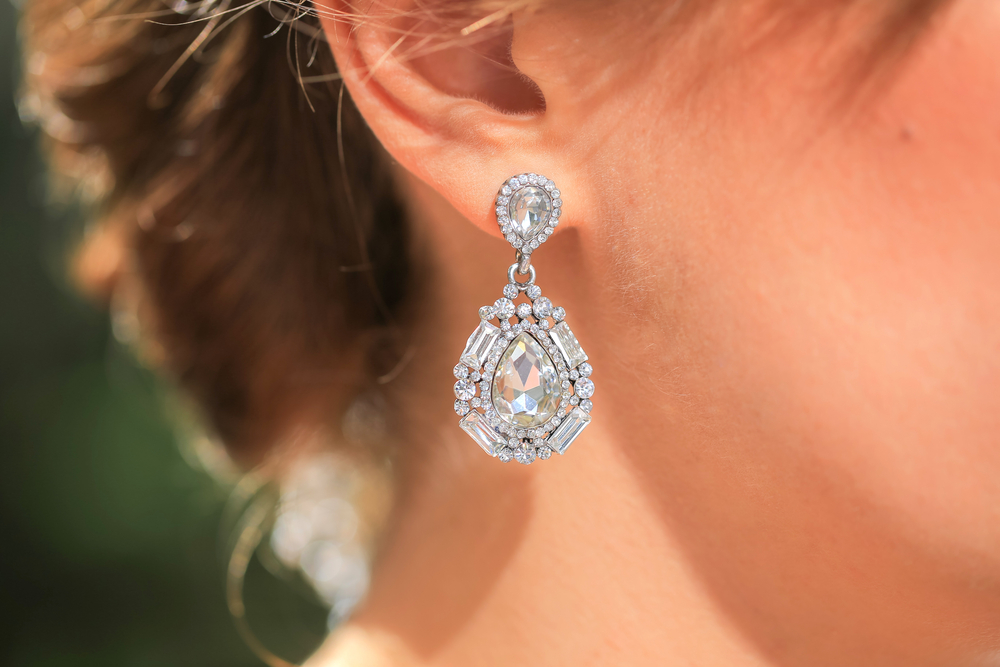
There are several reasons why people look for diamond alternatives. One common reason most people have is the higher cost of natural diamonds. To buy a diamond ring, you may have to spend thousands of dollars. With diamond alternatives, you could get a stone that looks exactly like a diamond at a very lower price.
Here is the list of diamond alternatives that you can try for your diamond rings if you cannot afford a real diamond.
Morganite
Morganite, a pink beryl stone, is a long-lasting diamond substitute that adds a splash of hue to any diamond ring. Morganite has a Mohs hardness of 7.58 and is prized for its hardness, clarity, and luster. This gemstone looks great with almost any metal and ring setting. Morganite is a cheaper alternative to a diamond ring of comparable carat weight. However, these stones can be difficult to come by, because they are very scarce.
Cubic Zirconia
Cubic Zirconia is a zirconium dioxide-based material that is frequently used in fashion accessories. This stone has a Mohs hardness rating of 8.5, this makes it a softer stone than the other diamond alternatives we’ve looked at. Even though cubic zirconia is very common, it can chip or scratch if not properly taken care of. Cubic zirconia will always have the fascinating colorless appearance of a D-rated diamond thanks to lab engineering, but this stone will discolor as they age.
Lab-Grown Diamonds
Unlike the above-mentioned diamond alternatives, lab-grown diamonds are real diamonds. The only difference between them and a natural diamond is the origin. As the name suggests, lab-grown diamonds are created in a lab by replicating the conditions under the earth’s crust that are necessary for the creation of natural diamonds. One main benefit is that lab-grown diamonds do not cost as much as natural diamonds.
Moissanite

Moissanite, the world’s 2nd hardest mineral, was first unearthed in 1893 and was originally believed to be a diamond due to its toughness, which was a 9.5 on the Mohs scale. Moissanite is a silicon carbide that has a specific variety of brilliance than diamonds. Conventional diamonds have sparkle, fire, and scintillation, whereas Moissanite has a disco ball effect with vivid rainbow flashes.
Opal
Opals are a popular diamond alternative because of their naturally beautiful and romantic symbolism, despite the fact that they look nothing like a diamond. Opals are a sensual stone that symbolizes love and passion, making them an excellent option for an alternative diamond ring or any physical expression of your love.
